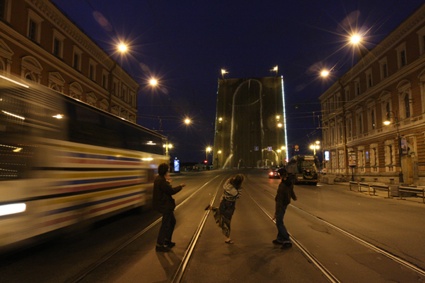Living as Form – Socially Engaged Art from 1991-2011, edited by Nato Thompson, with essays by Claire Bishop, Maria Lind, Teddy Cruz, Carol Becker, Brian Holmes and Shannon Jackson.
(available on amazon USA and UK.)
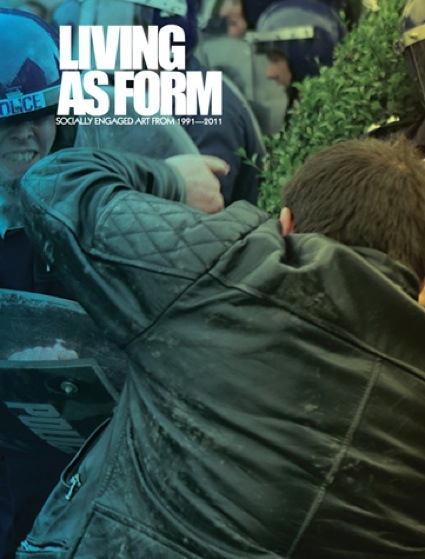
Publisher The MIT Press says: Over the past twenty years, an abundance of art forms have emerged that use aesthetics to affect social dynamics. These works are often produced by collectives or come out of a community context; they emphasize participation, dialogue, and action, and appear in situations ranging from theater to activism to urban planning to visual art to health care. Engaged with the texture of living, these art works often blur the line between art and life. This book offers the first global portrait of a complex and exciting mode of cultural production–one that has virtually redefined contemporary art practice.
Living as Form grew out of a major exhibition at Creative Time in New York City. Like the exhibition, the book is a landmark survey of more than 100 projects selected by a thirty-person curatorial advisory team; each project is documented by a selection of color images. The artists include the Danish collective Superflex, who empower communities to challenge corporate interest; Turner Prize nominee Jeremy Deller, creator of socially and politically charged performance works; Women on Waves, who provide abortion services and information to women in regions where the procedure is illegal; and Santiágo Cirugeda, an architect who builds temporary structures to solve housing problems.
Living as Form contains commissioned essays from noted critics and theorists who look at this phenomenon from a global perspective and broaden the range of what constitutes this form.
I’ve reviewed a few books about socially-engaged art in the past: Art & Agenda – Political Art and Activism, a monography of Krzysztof Wodiczko‘s works, Goodbye to London – Radical Art and Politics in the Seventies, Experimental Geography: Radical Approaches to Landscape, Cartography, and Urbanism, An Atlas of Radical Cartography, and Art & Activism in the Age of Globalization which is probably my favourite. Living as Form demonstrates that i still had a lot to discover on the subject.
The projects selected for Living as Form are often explicitly local, long term and community-based which sets them apart from many ‘activist’ projects that sound more like media coups than real, thoughtful attempts to improve a social issues. Many of the works documented in the book are probably not well-known (unless you’ve visited the exhibition that took place last year in New York) and i actually couldn’t always find good photos to illustrate some of the interventions i found most compelling. Unsurprisingly, some of these socially-engaged projects come from the usual suspects: Europe and North America. Many however, were born in Africa, Latin America, Asia and were selected by international curators (I wonder if anyone was covering the Middle East?)
The projects might not be the most spectacular you’ve heard about. Maybe because the varnish of subversion has faded over the years, or maybe because the artists didn’t necessarily go for the shock tactic, the loud nor the dramatic but their works serve a precise need, competently and with humility.
The book contains some 150 pages describing projects or outlining the career of artists involved in socially engaged practices such as Voina, The Bureau of Piracy (Piratbyrån) or Neue Slowenische Kunst.
Nato Thompson explains in his introductory essay that the reason why the starting point for book is the year 1991 is that he wanted to cover the period that followed the fall of the Berlin Wall. The event opened the gates to a new neoliberal order which gave a huge boost to the private sector and debilitated the role of public and State functions in protecting and supporting citizens. Given the state of politics in Europe right now, the relevance and importance of the projects described in the book isn’t likely to dwindle any time soon.
Just a few works from Living as Form:
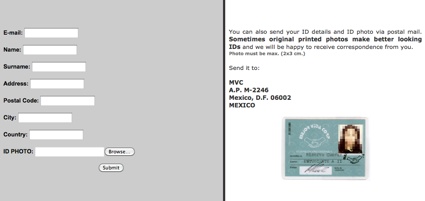
A few years ago, Minerva Cuevas set up web-based nonprofit corporation that distributes for free products and services. Mejor Vida Corp provides anyone who might need them with a recommendation letter, a Mexico City subway ticket, a self stamped envelope, a student ID card or cheaper barcode stickers for fruit and vegetables.
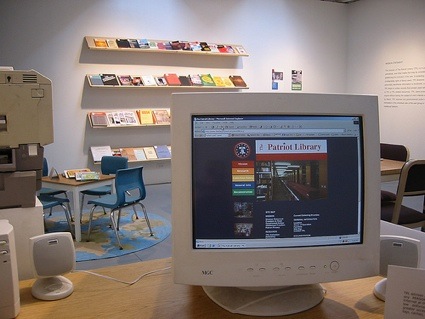 Finishing School with Christy Thomas, The Patriot Library, 2003. Lucky Tackle, Oakland, CA. Photo Finishing School
Finishing School with Christy Thomas, The Patriot Library, 2003. Lucky Tackle, Oakland, CA. Photo Finishing School
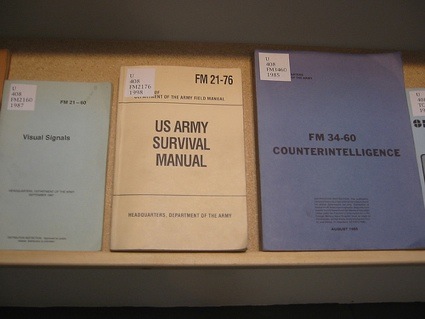 Finishing School with Christy Thomas, The Patriot Library, 2003. Lucky Tackle, Oakland, CA. Photo Finishing School
Finishing School with Christy Thomas, The Patriot Library, 2003. Lucky Tackle, Oakland, CA. Photo Finishing School
The Patriot Library, by Finishing School, is a nomadic library that provides users access to books, periodicals, and other media that may be considered “dangerous” by the US Federal government once the Patriot Act took affect after September 11, 2001. Believing that the pursuit of knowledge is not dangerous in itself, the Library makes publications that range from Aviation Training to Bomb Making, Chemistry to Tourist Information available to the public without questioning the motivation of the individual user.
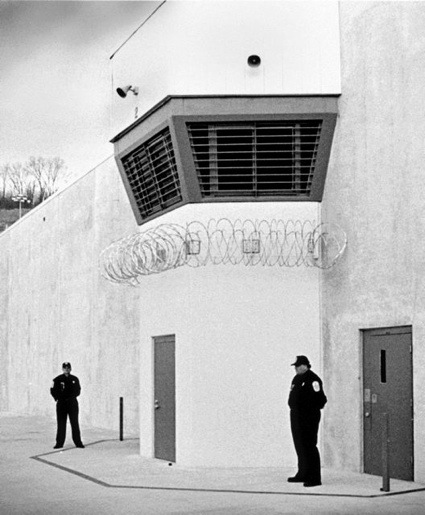 Image from the documentary film Up the Ridge
Image from the documentary film Up the Ridge
Thousand Kites is a USA-wide project uses performance, video, online strategies, radio and low-cost media tools to work toward prison reform through grassroots power.
The project emerged in 1998, when Nick Szuberla, host of a rural Appalachian region’s hip-hop radio program, began to receive letters from inmates recently transferred into two local SuperMax prisons. The letters described racism and human rights violations, and Szuberla responded first by playing a game of chess with the prisoners over the air and through the mail. Thousand Kites soon became more ambitious and branched into a series of national and local campaigns, artistic projects, and dedicated radio programs.
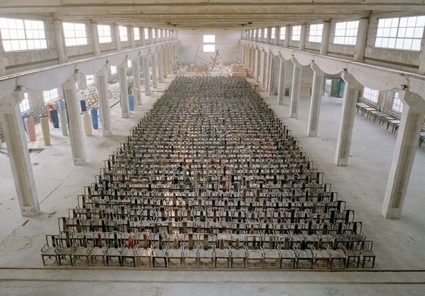 Ai Weiwei, Fairytale, 2007
Ai Weiwei, Fairytale, 2007
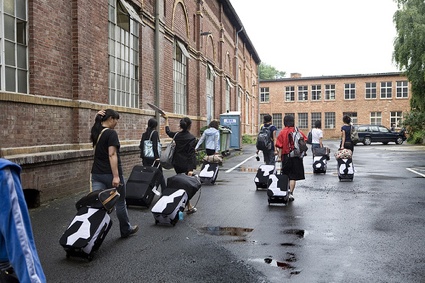 Ai Weiwei, Fairytale, 2007
Ai Weiwei, Fairytale, 2007
In 2007, Ai Weiwei invited 1001 Chinese, from farmers to factory workers, from students to minority people, to travel to Kassel and visit the Documenta exhibition as audience. The people he selected were “those who are not able to travel overseas under normal conditions, or those to whom traveling overseas has a very important meaning.” Once in Kassel they were hosted in a temporary hostel and visited the area. The guests were both tourists and subjects of art. 1,001 antique chairs were placed throughout the exhibition to represent the visitors.
Image on the homepage from the project Women on Waves.

